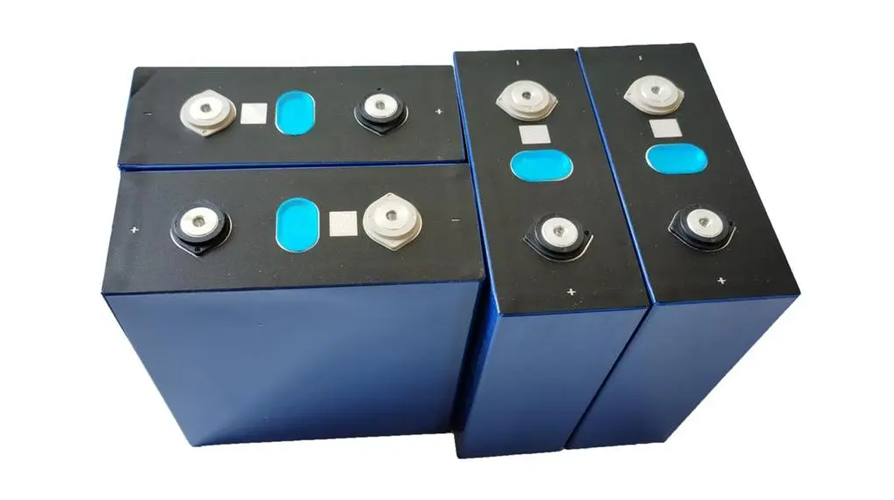 |
Welcome To Evlithium Best Store For Lithium Iron Phosphate (LiFePO4) Battery |
 |

In the ever-evolving realm of batteries, LiFePO4 batteries have become a staple in our daily lives. With their increasing popularity, however, comes the unfortunate rise of counterfeit products. As a seasoned LiFePO4 battery specialist, understanding how to identify genuine products is crucial to ensuring you get the best value for your investment.
Before making any LiFePO4 battery purchase, make it a practice to request the datasheet from the seller. This comprehensive document contains vital information such as battery capacity, charging current, cut-off current, cut-off voltage, and more. It serves not only as a valuable resource for consumers but also as an indicator of a compliant manufacturer. Brands invested in quality will readily provide datasheets, setting them apart from dubious sellers.
Reputable LiFePO4 battery vendors stand behind their products and willingly share datasheets upon request. Be cautious of sellers unable to provide this essential document, as it may indicate a lack of transparency in their operations. Considering the significant investment associated with LiFePO4 batteries, it's wise to steer clear of unnecessary risks.
The majority of LiFePO4 batteries come equipped with a QR code, typically positioned between the positive and negative electrodes. This code offers a window into the battery's essential details, including brand, type, model, production line, and manufacturing date. While some QR codes may be inaccessible without specialized factory scanners, others might be fake, signaling potential alterations or counterfeiting. A scratched QR code is a red flag, urging caution and discouraging a purchase.
Upon receiving your LiFePO4 battery, resist the urge to assemble it immediately. Instead, conduct a meticulous inspection. Reputable vendors take pride in secure packaging, minimizing the risk of damage during transit. Scrutinize the battery's appearance, ensuring the QR code aligns with pre-delivery information. Check for damage to the insulating film, the inner screw of the battery terminal (if applicable), and the integrity of the explosion-proof valve.
A crucial step post-inspection involves testing the battery's capacity, a pivotal measure of LiFePO4 battery performance. Unscrupulous sellers often compromise capacity to cut costs. Understanding the concept of energy density is key; genuine LiFePO4 batteries boast an energy density between 150Wh/kg and 180Wh/kg, with the theoretical maximum aligning with the latter. Any battery claiming an energy density surpassing 180Wh/kg is likely counterfeit.
To verify authenticity, employ a simple calculation: voltage * capacity / weight. If the result exceeds 180Wh/kg, it's a red flag for a fake LiFePO4 battery. Conversely, if the result falls short, delve into the battery brand's production capacity to ascertain authenticity. This formula also facilitates deducing actual capacity in reverse.
In conclusion, while the LiFePO4 battery market continues to expand, so does the presence of unscrupulous sellers. Empower yourself as a consumer by mastering the art of distinguishing genuine LiFePO4 batteries. This guide ensures you stay informed, avoid deception, and secure the best battery for your needs.
Edit by editor
All Rights reserved © 2025 Evlithium Limited